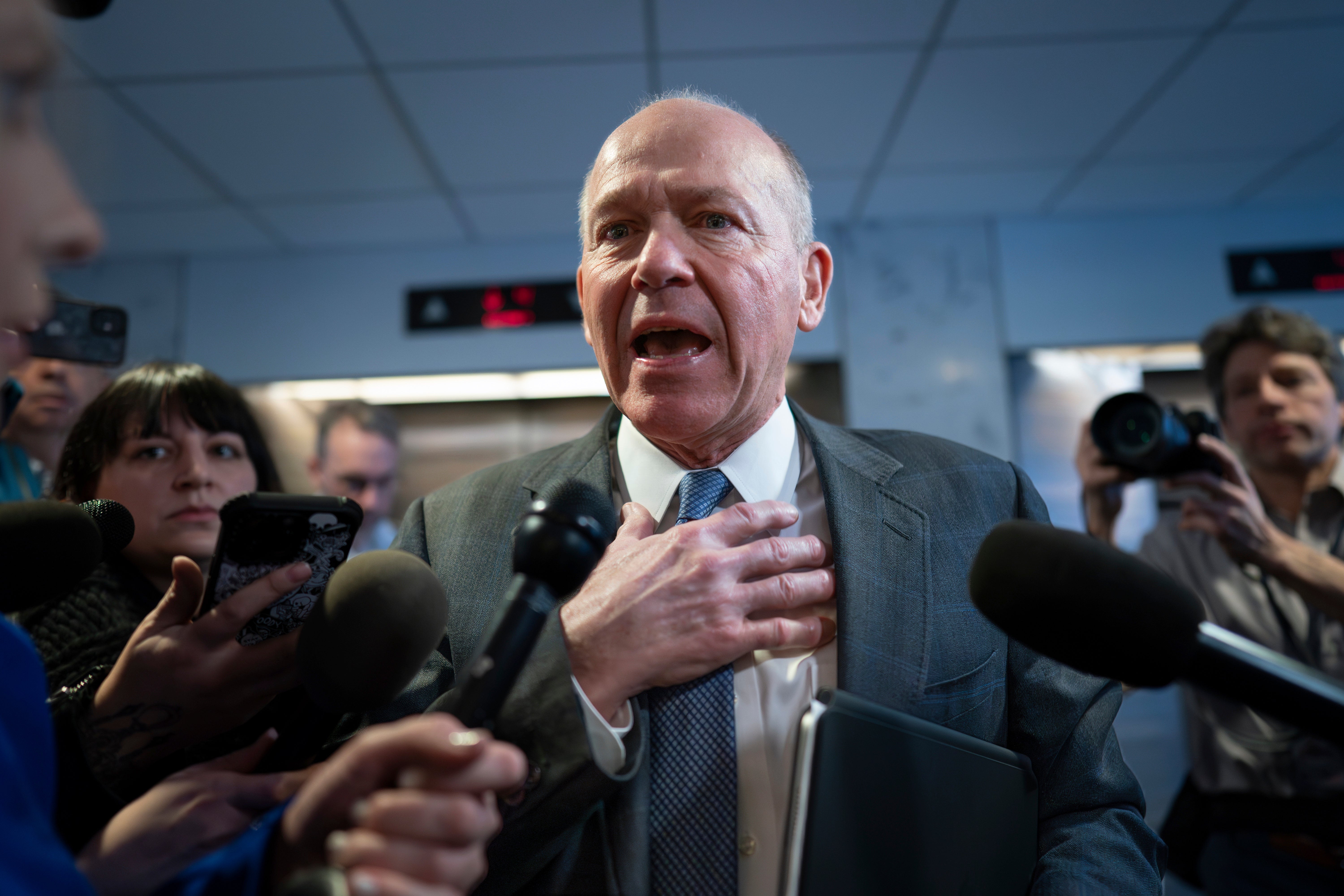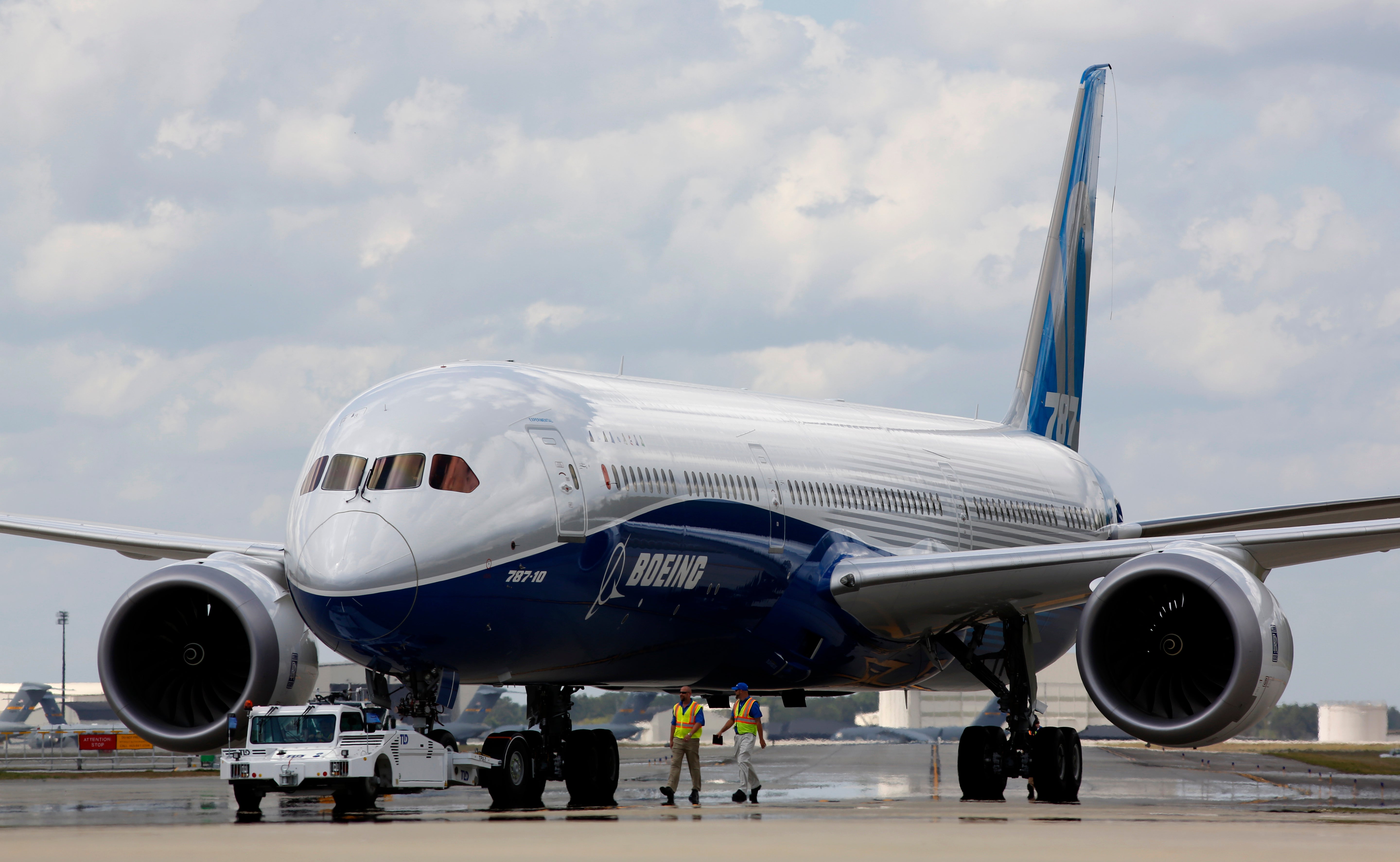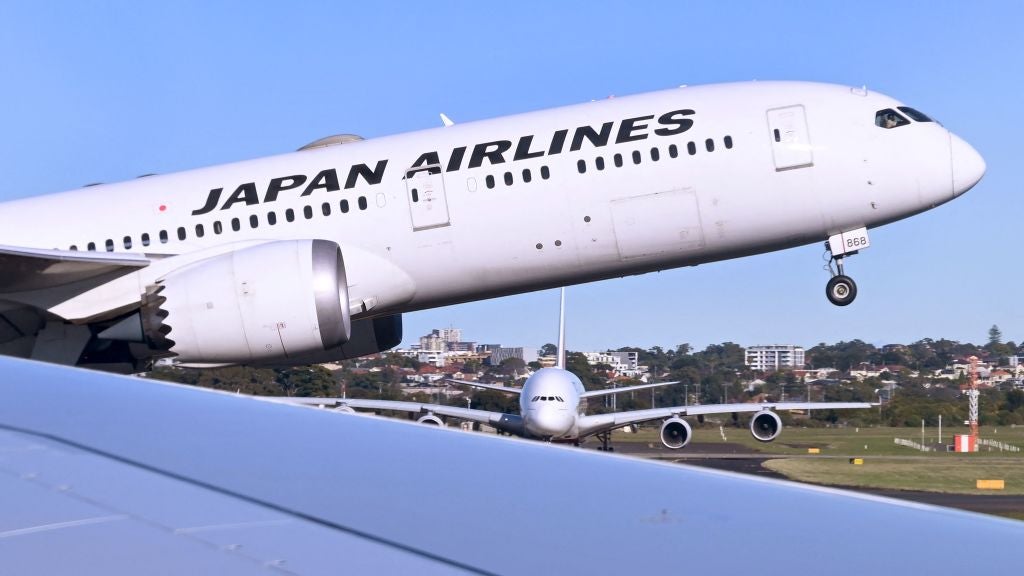The Independent's journalism is supported by our readers. When you purchase through links on our site, we may earn commission.
New Boeing whistleblower breaks silence about crucial flaws in 787 Dreamliner
A Senate subcommittee is holding a hearing on 17 April and has summoned Boeing CEO to testify
Your support helps us to tell the story
From reproductive rights to climate change to Big Tech, The Independent is on the ground when the story is developing. Whether it's investigating the financials of Elon Musk's pro-Trump PAC or producing our latest documentary, 'The A Word', which shines a light on the American women fighting for reproductive rights, we know how important it is to parse out the facts from the messaging.
At such a critical moment in US history, we need reporters on the ground. Your donation allows us to keep sending journalists to speak to both sides of the story.
The Independent is trusted by Americans across the entire political spectrum. And unlike many other quality news outlets, we choose not to lock Americans out of our reporting and analysis with paywalls. We believe quality journalism should be available to everyone, paid for by those who can afford it.
Your support makes all the difference.A new Boeing quality engineer whistleblower has spoken out about concerns over alleged shortcuts in assembling the 787 Dreamliner.
Following the revelations, a Senate subcommittee has now called a hearing next week on Boeing issues and recent apparent safety failures.
Sam Salehpour, a Boeing quality engineer, is expected to speak on the safety concerns of the manufacturing of the 787 Dreamliner in a 17 April hearing that the subcommittee has called.
The subcommittee has summoned Boeing CEO David Calhoun to testify about the company’s jetliners, various reports have revealed, following Mr Salehpour voicing alleged crucial flaws in aNew York Times article on Tuesday.
Boeing said in a statement that the company is “cooperating with this inquiry”, adding that it has offered to provide documents, testimony and technical briefings, and is discussing with the committee about the next steps.

Mr Salehpour told The New York Times that he worked on the 787 but became concerned about changes to how the giant sections of the plane’s fuselage, the main body, were fitted together in assembly.
The whistleblower said that the fuselage came in several parts, all from different manufacturers, and were not the same shape while they were being put together.
The engineer became alarmed, alleging that Boeing was taking shortcuts, resulting in excessive force being applied to narrow unwanted gaps in the assembly connecting pieces of the Dreamliner’s fuselage.
Mr Salehpour claimed that the force led to deformations in the composite material that is used in construction, which could contribute to material fatigue and premature failure of the composite.
Boeing conceded that those manufacturing changes were made, but Paul Lewis, a spokesperson for the company, told The New York Times there was “no impact on durability or safe longevity of the airframe”.

Mr Lewis added that Boeing had done extensive testing on the aircraft and “determined that this is not an immediate safety of flight issue”.
The Federal Aviation Administration said it has been investigating Mr Salehpour’s allegations but declined to comment further to The New York Times.
Boeing said in a statement that the claims about the structural integrity of the aircraft are “inaccurate” and it is “fully confident” in the 787 Dreamliner due to the “comprehensive work done to ensure the quality and long-term safety of the aircraft”.
The whistleblower alleged to the outlet that he was repeatedly retaliated against when he raised his issue with the shortcuts he claimed Boeing was taking.

Mr Salehpour’s lawyer, Debra Katz, detailed that Boeing allegedly did not listen to her client’s concerns, but instead silenced him and transferred him to work on a different jetliner.
Boeing, however, said in its statement that “retaliation is strictly prohibited at Boeing” and that it encourages workers to “speak up when issues arise”.
Boeing has been under intense security throughout this year since a door panel blew out mid-air over Oregon on an Alaska Airlines flight using a 737 Max jet in early January.
The door plug fell off shortly after takeoff, leaving a gaping hole in the side of the aircraft.
In the aftermath, regulators temporarily grounded nearly 200 Boeing 737 Max 9 aircraft. This led to the cancellation of thousands of flights.
Amid the ongoing safety concerns, the Boeing CEO and two top executives announced last month that they are planning on stepping down from their positions.
Mr Calhoun said that the Alaska Airlines incident was a “watershed moment” for Boeing, and that he had decided to leave the company at the end of the year.
The Independent has contacted Boeing for comment.

Join our commenting forum
Join thought-provoking conversations, follow other Independent readers and see their replies
Comments